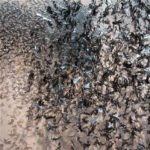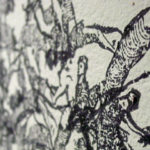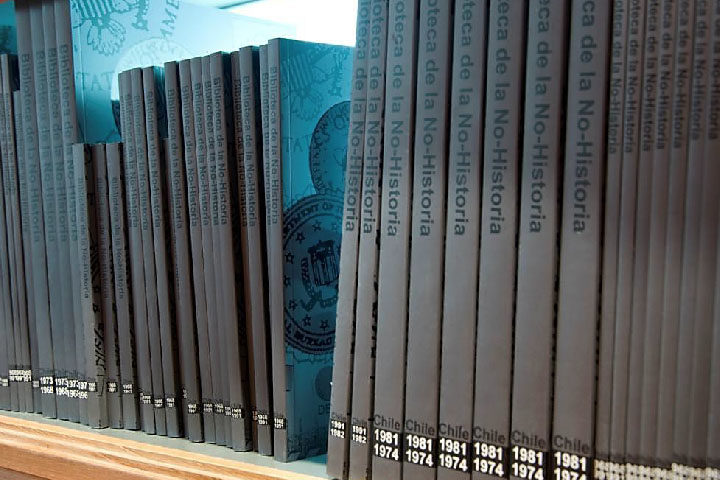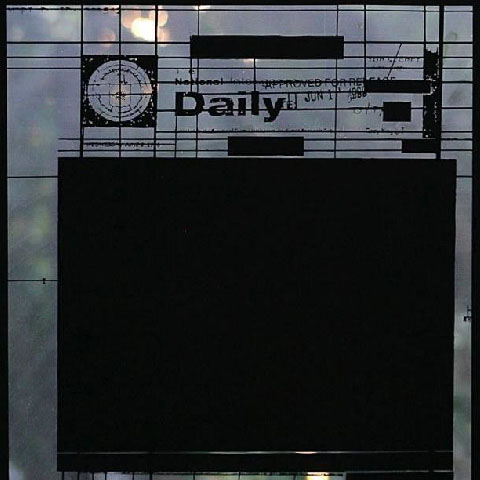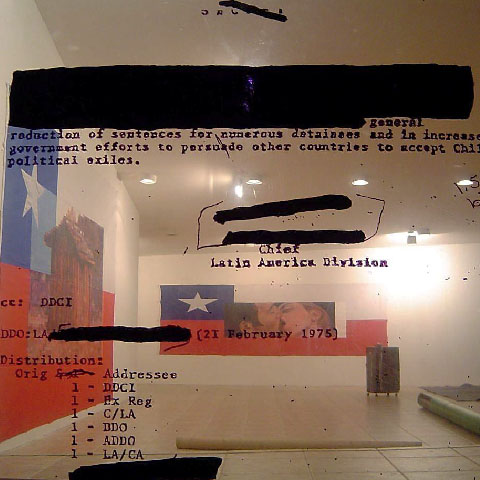Learning Histories
- Home
- portfolio
- Declassified
- Learning Histories
This piece is a volume made by the CIA’s documents concerning Brazil and related to the coup in 1964, whose characteristic is that they did not declassify many documents compared to the intervention made in this country.
CIA’s Brazilian documents of such period intercept in the volumetryof this work, including JoãoGoulart’sgovernment (1961-1964) and up to his death in 1976 in Uruguay, as an aftermath of the Condor Operation.
The volume is composed of the intertwining these two forces –American intervention and administration of the coup by Brazilian and South American intelligence agencies, practices then expanded toward the rest of the Latin American continent.
The angular shape of this volume is an aesthetical feature which makes foreground files disappear -by the perspective-and background files appear and due to 520 laser-cut documents they become transparent and superimpose. The aim of the piece Learning Stories is to perceive two issues related tohistory and how we live it:
First, we are all into an unknown history, because the power base is that we cannot be aware of the dimension of this plot. Thisis included in the size, volume, and “chaotic” disposition of the elements and the body walkthrough of the piece. As it is composed of classified or non-public files, the piece gives and draws volumetryof this dimension.
Second, the objective is to catch a glimpse, partial fragments, which locate you in relation to information, but with the difficulty of the scales and the impossibility to access all this reading. This piece offers a Slow reading, facing cross outs and proposes a fragmentary access. The walkthrough and position of files regarding body scale, makes the truth contained in the files to overwhelm the possibilities of an individual. The impossibility and fatigue entail individualeffort, but it claims for a collective work appealing to history, since it will be the result which will help to weave it.
The plot of Brazilian and Latin American Coup appear in a puzzled disposition, the very same condition of files, since they are only elements demanding to be checked to learn new connection points appealing to national histories and their relationships with macro-economic and political powers.
